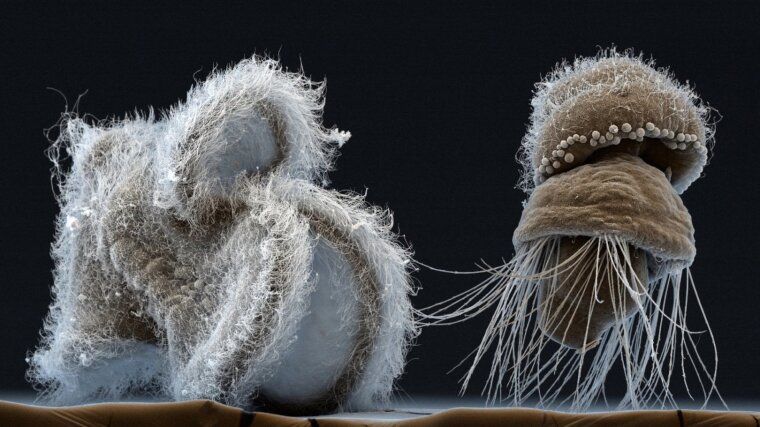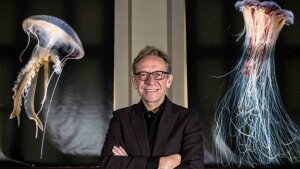
- Life
Published: | By: Stephan Laudien
Source article
An international team of researchers has succeeded in solving one of the riddles of evolution. The scientists investigated the question why the life cycles of animal species differ significantly from each other. Specifically, the question was why invertebrates in particular go through a larval stage during their individual development. These diverse larvae later transform into the adult animal. In contrast, in vertebrates such as humans, the offspring develop directly into a smaller version of the adult.
The study focused on three species of marine invertebrates called annelids. "We sequenced the genome of these three species and compared it with over 600 data sets from 60 other species," says Prof. Dr Andreas Hejnol from Friedrich Schiller University Jena. The zoologist and evolutionary biologist is one of the authors of the study, which has now been published in the renowned journal “Nature” under the title "Annelid functional genomics reveal the origins of bilaterian life cycles". Researchers from England, Wales, Japan, Norway, and Germany were involved.
Prof. Dr Andreas H. Hejnol at the Phyletic Museum of the Friedrich Schiller University Jena.
Image: Jens Meyer (University of Jena)Food supply for the embryo is one factor
The scientists, led by a team from Queen Mary University of London, uncovered for the first time the mechanism that explains how the embryo develops into either a larva or a miniature version of the adult.
As Andreas Hejnol explains, the "decision" for or against a larval stage depends on when the genes for the abdomen or tail are activated. If this happens late, so-called "head larvae" develop first, which can move independently, for example by means of cilia.
In contrast to free-swimming fish or jellyfish, so-called sessile animals, including tubeworms and mussels such as oysters, benefit from the larval stage. These animals only move freely through the water as larvae and can thus colonize new habitats. Once in suitable environments, they become sedentary (sessile), they then remain site-bound.
Prof. Hejnol says the different strategies are comparable to the propagation practices of plants. While some plants hide their seeds in fruits that can be widely dispersed by animals, others rely on seedlings that simply fall down and thus remain in the mother's immediate environment.
Shedding new light on an old scholars' dispute in zoology
The research results, now published in “Nature”, also shed new light on a dispute that has been simmering in zoology for more than 100 years. Recognized representatives of the discipline, such as Ernst Haeckel (1834-1919), who taught in Jena, had postulated that the larval stage was an early principle of evolution. In his basic biogenetic law, Haeckel formulated the assumption that every living being passes through the larval stage in its embryonic development.
"We can now show how easy it is to form a larva or to switch off this formation again," says Andreas Hejnol. This "recipe for success" makes it very likely that larval development has arisen several times independently in the course of evolution. The theory, which goes back to Ernst Haeckel, has been refuted by the new findings.
Original publication:
Martín-Durán et al.: Annelid functional genomics reveal the origins of bilaterian life cycles, Nature 2023, https://www.nature.com/articles/s41586-022-05636-7External link, DOI: https://doi.org/10.1038/s41586-022-05636-7External link
07743 Jena Google Maps site planExternal link
